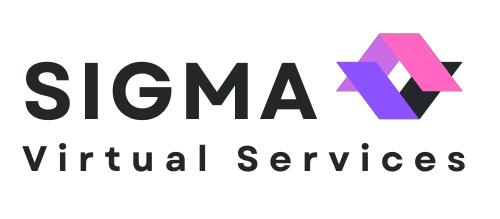Virtual Assistants: What are they, and why do you need one?
Have you ever considered employing a virtual assistant to support your business? If you haven't yet, you should know that hiring one has many benefits. They can offer valuable support not only for your business but also in your personal life. This article explains what a virtual assistant is and how it can help you professionally and personally.
Let's get started!
What exactly does a virtual assistant do?
Essentially, a virtual assistant is someone who works for you without your direct supervision.
Below are some facts about virtual assistants:
- They are independent contractors that provide administrative, technical, and creative services.
- Their services can be one-off or ongoing for a specific task or general help.
- In addition to business matters, the virtual assistant also addresses private matters when necessary.
- Virtual assistants are an excellent option for anyone short on time or resources to complete all the tasks associated with running their business.
- A virtual assistant can handle everything from administrative tasks like scheduling meetings or sending emails to more complex projects like newsletter creation or event management.
Virtual assistants can save you time so you can focus on what really matters, like growing your business!
What tasks can you outsource to a virtual assistant?
A virtual assistant can perform tasks such as:
- Business website creation
- Social media management (such as Twitter and Facebook),
- Booking flights and hotels for travel
- Writing letters and emails and asking questions on your behalf
- Bookkeeping
- Planning appointments with customers/colleagues/partners
- Organising events
- And much more!
By completing those tasks, VAs saves you time and energy so you can focus on growing your business or working on other projects that are personally important to you.
Why should you use a virtual assistant?
There are several reasons why adopting VA makes sense. For example:
Delegate tasks you don't like
You can focus on what you are best at. If there are certain areas where your skills are lacking, or if you have too many things to carry on at the moment, hiring others will take some of those jobs off your hands. Get it done while giving yourself more time to work on your core competencies (or whatever else you need).
Save Money
Hiring VAs also helps businesses save money by allowing companies with limited budgets access to high-quality services--without breaking the bank!
The cost of hiring a virtual assistant depends on the project that requires completing. You can hire virtual assistants on an ad-hoc basis for 1 hour or 10 hours without a monthly contract. However, you can get a monthly retainer package if you want a more permanent solution. Most retainer packages start at 5 hours a month. Alternatively, you can also choose from one of the service packages, such as social media management, account management, and newsletter setup.
Free up time and maintain work-life balance
Offload time-consuming tasks to your virtual assistant. With more time on your hands, you can do what you enjoy most, such as:
- Building better relationships with your customers
- Attending seminars or networking events
- Updating your training
- Returning to your abandoned hobby
- Or anything else you're passionate about.
Here at Sigma Virtual Services Ltd, we can help you if you're looking to hire a virtual assistant. Our team of experts has the necessary knowledge and skills for every task we offer, whether it's creating social media posts for your business or organising events. In the words of Oprah Winfrey, "You can't do everything yourself. Don't be afraid to rely on others to help you accomplish your goals."










